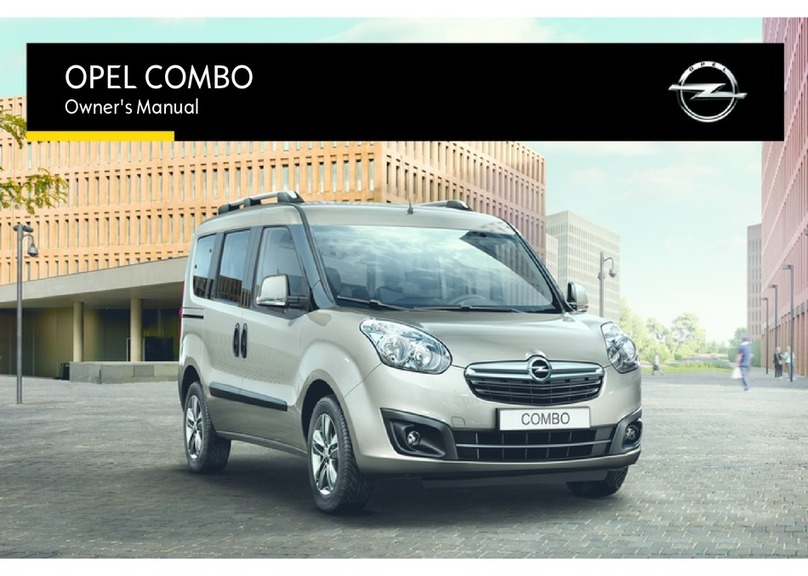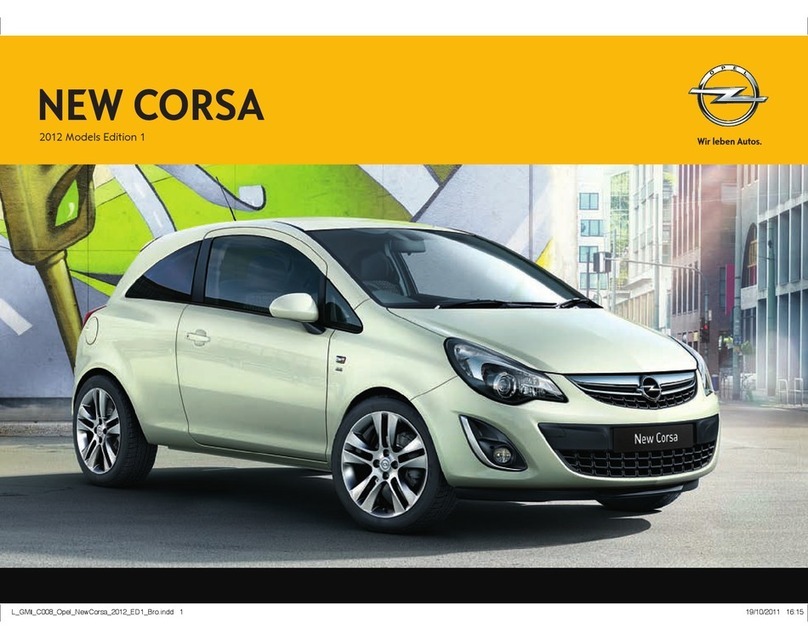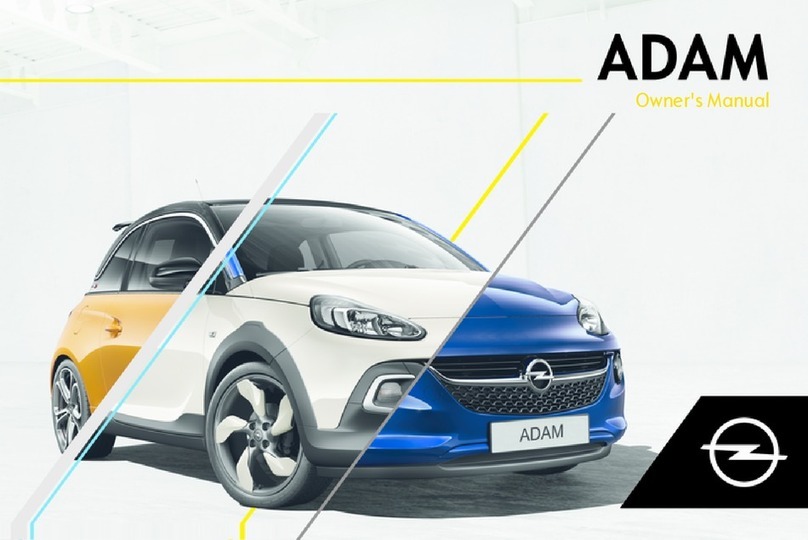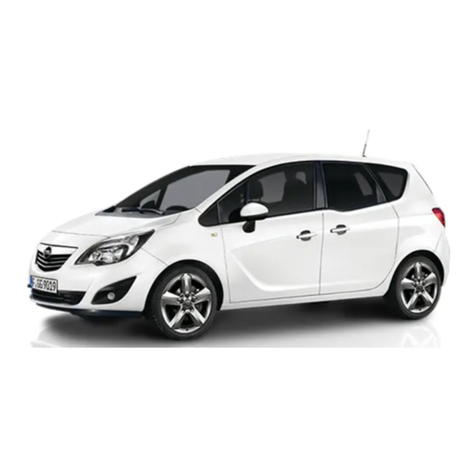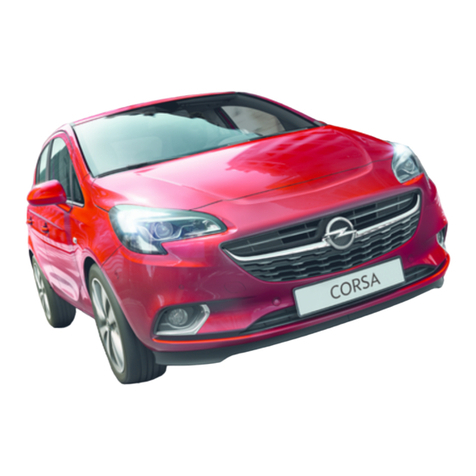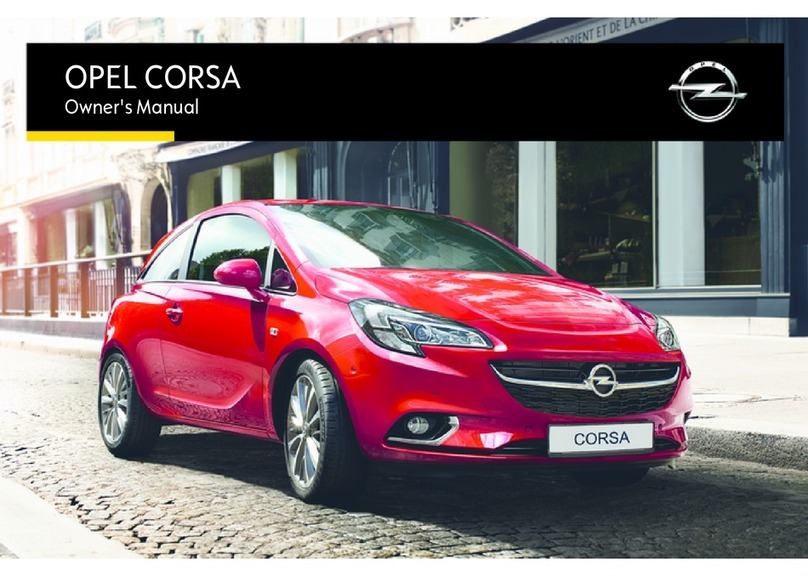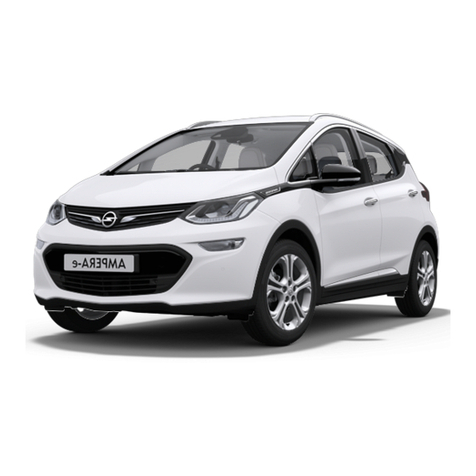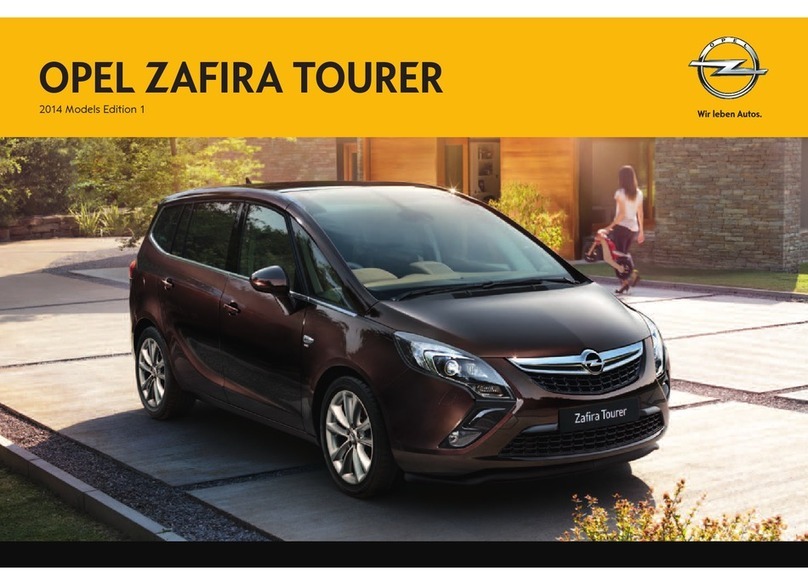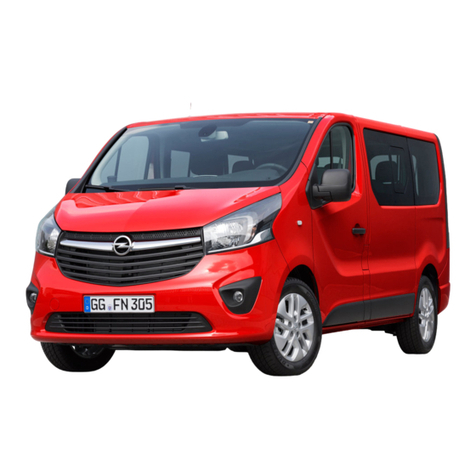
5
4. Chassis........................................................................................................................... 378
4.1. General ............................................................................................................................... 378
Building front axle..................................................................................................................................... 378
Rear axle.................................................................................................................................................... 379
Damping sleeve ......................................................................................................................................... 379
Shock Absorber - rear axle ........................................................................................................................ 380
Spring rack with springs of the all-clear.................................................................................................... 381
Spring rack ................................................................................................................................................ 382
Stabilizer / swivel arm............................................................................................................................... 383
Continuous Damping Control (CDC)........................................................................................................ 383
4.2. Wheels and tires................................................................................................................. 385
General ...................................................................................................................................................... 385
4.3. Front suspension................................................................................................................ 389
Adjusting the front suspension .................................................................................................................. 389
Difference Base chassis............................................................................................................................. 391
Offset wheels............................................................................................................................................. 392
Removal and installation of arm suspension ............................................................................................. 393
Removing and installing racks CDC spring with shock absorbers............................................................ 394
Replacing the front damping arm bushings ............................................................................................... 396
Replacing the spring supporting tube rack ................................................................................................ 398
Replacement Stabilizer.............................................................................................................................. 400
Replacing the rotary lever.......................................................................................................................... 401
4.4. Rear suspension ................................................................................................................. 402
Elastic beam rear suspension, Astra-G, Astra-H, Zafira - rear axle........................................................... 402
Removing and installing wheel bearing .................................................................................................... 403
4.5. Tables.................................................................................................................................. 404
Table 4.1 Potential problems, their causes and solutions .......................................................................... 404
Table 4.2 Recommended tightening torques - front suspension, wheels and tires .................................... 407
Table 4.3 Options for design of the rear axle ............................................................................................ 408
Table 4.4 Recommended values tightening torques - rear axle, rear suspension....................................... 408
Table 4.5 Angles adjustment wheels, Opel Astra-H 2006......................................................................... 409
Table 4.6 Values of the wheels for the Zafira - B 2006............................................................................. 410
Table 4.7 Potential problems, their causes and solutions .......................................................................... 410
5. Steering Gear ................................................................................................................ 411
5.1. General ............................................................................................................................... 411
Principle of operation EHPS...................................................................................................................... 411
The visual differences between the systems, TRW and ZF....................................................................... 411
Principle of operation - EHPS ZF.............................................................................................................. 411
Wiring harness connector electrohydraulic module .................................................................................. 412
Casing steering column ............................................................................................................................. 413
Steering Gear / tie rods.............................................................................................................................. 413
5.2. Preliminary checks ............................................................................................................ 413
Check wheel play ...................................................................................................................................... 413
Checking the efforts of the steering wheel ................................................................................................ 414
The flow of power steering........................................................................................................................ 414
Check tie-rod ends and seals ..................................................................................................................... 415
Check constant velocity joints................................................................................................................... 415
Check power steering leak......................................................................................................................... 416
Check level of hydraulic fluid hydraulic ................................................................................................... 416
Filling and removal of air from the hydraulic system................................................................................ 417
5.3. Steering Gear ..................................................................................................................... 418
Replacing the steering column module (CIM) .......................................................................................... 418
Replacing the steering column .................................................................................................................. 419
Replacing the steering mechanism (ZF) .................................................................................................... 424
Replacement Tie rod.................................................................................................................................. 426
Replacing the tie rod.................................................................................................................................. 427
Replacing the steering mechanism (TRW)................................................................................................ 428
Replacing the covers on the steering mechanism ...................................................................................... 430
Replacement of pipelines hydraulic steering system with amplifier (ZF) ................................................. 431
5.4. Tables.................................................................................................................................. 433
Table 5.1 Recommended values of the moments ...................................................................................... 433
Table 5.2 Technical data of hydraulic steering.......................................................................................... 433
Table 5.3 Potential problems, their causes and solutions (Power steering) ............................................... 434
Table 5.4 Elements of a EHPS .................................................................................................................. 435
Table 5.5 Pin - wiring harness connector with a 5-pin (X1) (TRW) ......................................................... 435
